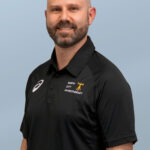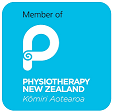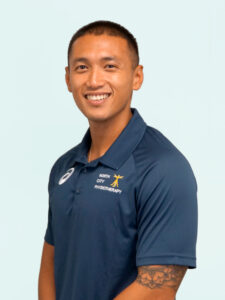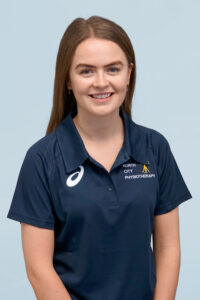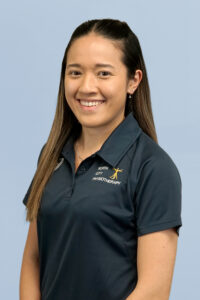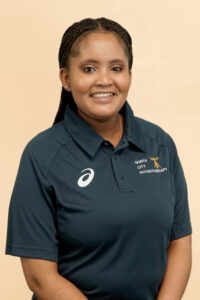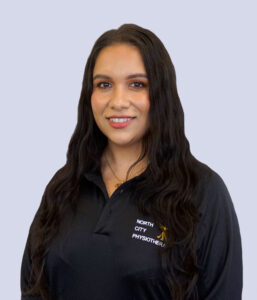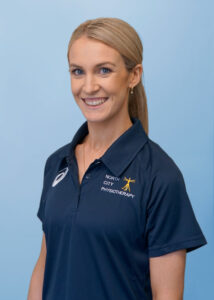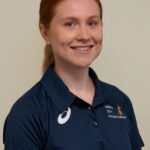
As physiotherapists, a common question that a lot of our clients ask us is ‘how long will this take to heal?’ Unfortunately, the answer to this can be complicated and differs between individual’s due to various reasons. It also requires some understanding of how the different tissues in the body heal.
Each of the tissues of the body, including muscles, tendons, ligaments and bone, heal at different speeds and this can be dependent on the individual and their specific health status/history.
Understanding the type of tissue injured and their different healing times is an important part of how your physiotherapist determines the treatment plan and goal setting for each client. On an client-specific level, a patient’s age, the location and severity of the injury and the way the injury was managed in the acute/early stage (approximately 72 hours) will all affect the healing times of your injury.
As we age, injuries do tend to heal more slowly than when we are young. Any medical conditions that reduces blood flow to an area, such as peripheral vascular disease, can also reduce the body’s ability to heal at its usual rate.
There are some guidelines that can be followed when predicting how long an injury will take to heal based on the tissue type affected. Muscles are full of small capillaries, giving them a rich blood supply, and as such, they have a comparatively fast healing time of about 2-4 weeks for minor tears. For larger tears and more complicated injuries this timeframe is usually longer.
Ligaments and tendons have less access to blood supply, therefore tears/sprains to these tissues generally take longer to heal. Complete tears of many soft tissues, may not be able to heal themselves and in rare cases and will then require surgery to mend the tear back together.
Similarly, cartilage, the flexible connective tissue that lines the surface of joints is avascular, which means it has little or no blood supply. To heal, nutrients are supplied to the cartilage from the joint fluid that surrounds and lubricates the joint. This tends to take a longer period of time to heal compared to muscle strains.
While the different tissues of the body all have different healing times, they do follow a similar process of healing with three main stages, an initial acute inflammatory phase, the proliferative stage and lastly, the remodeling stage. The inflammatory stage occurs immediately after an injury and is the body’s primary defense against injury. This stage is identifiable by heat, redness, swelling and pain around the injured area. During this phase, the body sends white blood cells to remove damaged tissue and reduce any further damage. This stage usually lasts for 3-5 days. The proliferation stage is the phase where the body starts to produce new cells. Swelling and pain decreases and scar tissue is formed which then regenerates into new tissues. This stage usually occurs after the acute phase and lasts up to 2-3 weeks following the injury. The final stage, known as the remodeling stage is when the body completes healing with the reorganization of scar tissue and the laying down of new and more mature tissue. This stage usually occurs roughly 2-3 weeks after the initial injury is sustained.
At each stage of the body’s natural healing process, a different treatment approach is required and your physiotherapist can help to guide you through your recovery. Goals are usually set by your physiotherapist by keeping these healing time frames in mind.
North City Physiotherapists will endeavor to put together your individual rehabilitation plan to guide us and you towards your goals and optimal physical health.This will follow healing times and your injury or condition.
 Ryan Hickling is one of our staff physiotherapists working out of our clinics in Porirua.
Ryan Hickling is one of our staff physiotherapists working out of our clinics in Porirua.
Would you like to see Ryan, why not book online now:
https://northcityphysio.co.nz/booknow
or call us on 0800 627497 for a booking

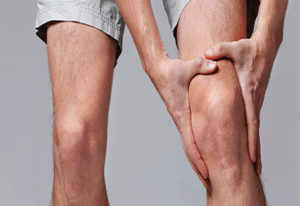

 Atif is one of our senior physiotherapists working out of our clinics in Porirua.
Atif is one of our senior physiotherapists working out of our clinics in Porirua.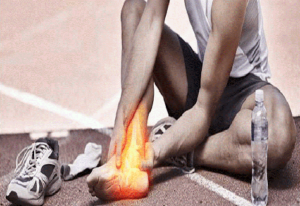



 Maumahara Keelan is a physiotherapist working out of our Johnsonvile clinic.
Maumahara Keelan is a physiotherapist working out of our Johnsonvile clinic.